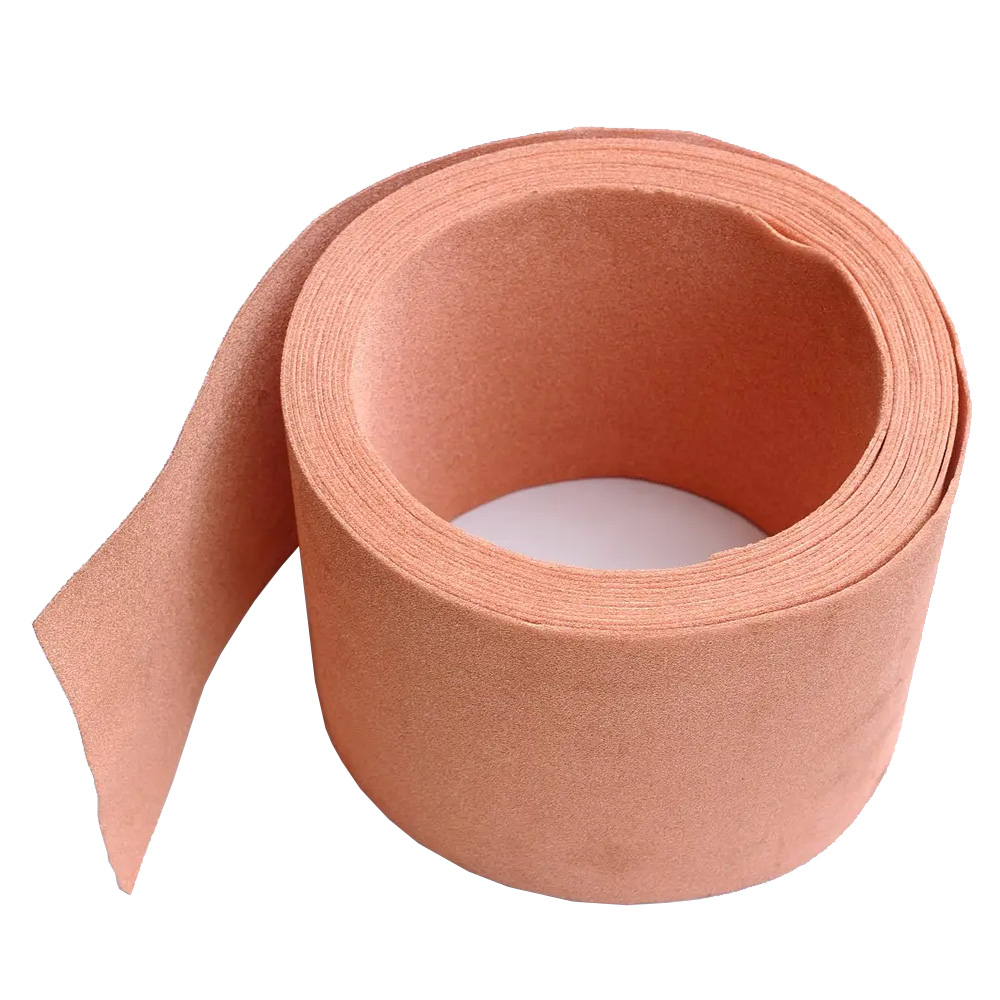Colorado-based Boom completed the first test flight of its supersonic plane, prototype XB-1, only last month.
By subscribing, you agree to our Terms of Use and Policies You may unsubscribe at any time. Metal Foam Applications

The Federal Aviation Administration (FAA) has given supersonic plane maker Boom its first-ever Special Flight Authorization (SFA) that will allow its prototype plane XB-1 to cross the sound barrier during tests.
The supersonic tests will be conducted in the Black Mountain Supersonic Corridor, the airspace where iconic planes such as the Bell X-1 and the Lockheed SR-71 Blackbird made their historic first flights, a company release said.
Twenty years after the Concorde planes retired, US-based Boom carried out the first test of its XB-1 prototype plane, bringing back hopes of civilian supersonic flight.
The company’s ambitious plans for Overture, the world’s fastest airliner, hit a major setback in 2022 after engine maker Rolls Royce decided not to work on supersonic engines.
The Colorado-based company, however, stuck to its guns and decided to develop the supersonic engine on its own. Last month, its prototype plane, XB-1, completed its first-ever flight, and the company received the FAA go-ahead for a supersonic flight as well.
Although the SFA lists R-2508 Complex in the Black Mountain Supersonic Corridor and a portion of the High Altitude Supersonic Corridor within the R-2515 airspace as locations where Boom can carry out its supersonic testing, the company is in no hurry to break the sound barrier.
The company is eager to cross Mach 1 but plans to do it in a systematic manner and expand the flight envelope slowly to confirm the XB-1’s performance and handling abilities.
For its next flight, the team is only looking to retract and extend its landing gear, while the third flight will evaluate the aircraft’s flutter excitation system—the instability-induced inflight due to interactions of aerodynamic and inertial forces.
Proceeding in this manner, the team plans at least 10-20 flights before it attempts to reach supersonic speeds.
Since civilian supersonic flights over the US mainland is banned, Boom needed the SFA before conducting its first such flight. The airspaces earmarked for Boom’s supersonic flights have a rich history of research and supersonic operations for the military.
The press release added that the SFA also makes some exceptions regarding the environmental regulations for the flight and extends to a chase plane that will follow the XB-1 to observe, monitor, and record the safety of the flight.
Test pilot Tristan Brandenberg will be in the hot seat when the XB-1 is ready to breach Mach 1 speeds. Brandenburg has 2,500 flight hours under his belt and has flown 30 different aircraft so far. Interestingly, Brandenburg was in the chase plane when the XB-1 first took flight last month.
On plans for the supersonic flight, the test pilot said, “Right now, the plan is multiple supersonic flights. We plan to do Mach 1.1, 1.2, and 1.3 on the first three. The reason for that is each one of those points takes so much airspace that you only have time to do one of them, so we will be on condition for several minutes, we’ll get a flying qualities and handling qualities block, and have to come back home.”

Copper Foam Sheet If all goes to plan, Boom’s Overture and civilian aspirations to fly supersonic are not that far off.